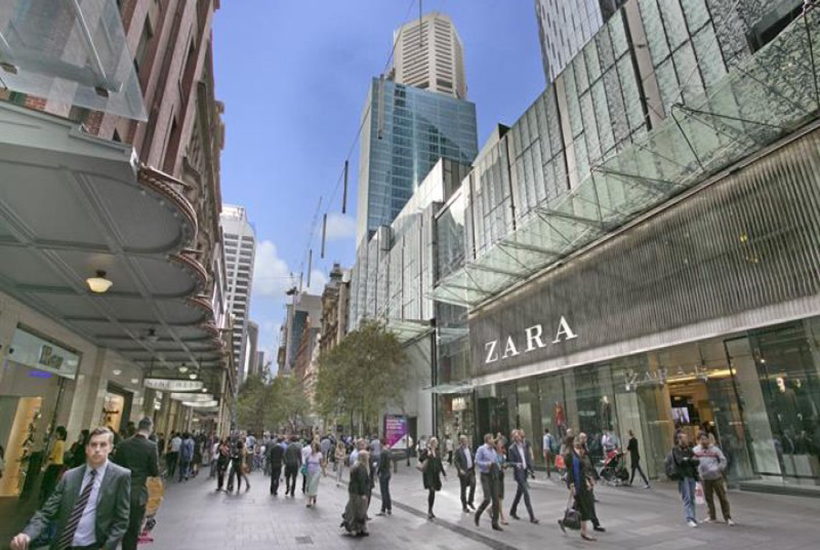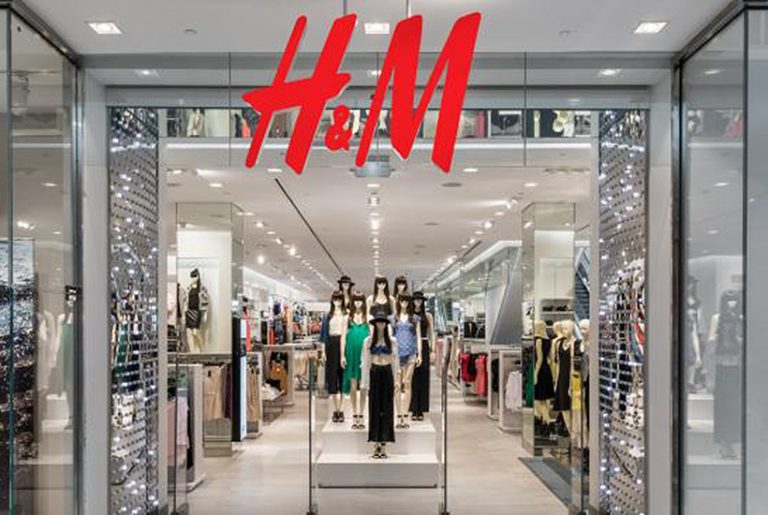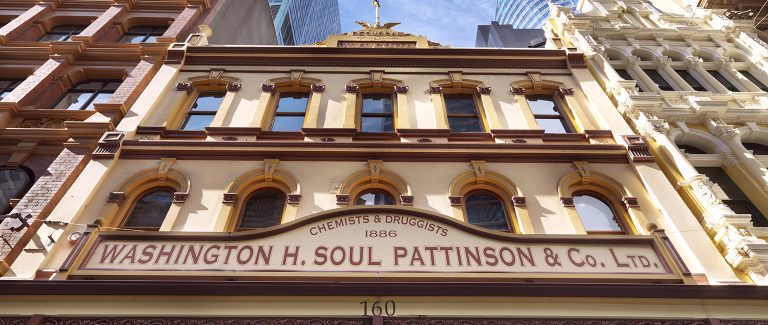Pitt Street Mall among world’s most expensive retail strips

Sydney’s Pitt St Mall remains one of the world’s most expensive retail strips on which to lease a shop.
The annual Main Streets Across the World report from Cushman and Wakefield identifies Pitt St as not only Australia’s priciest strip for retail rents, but the seventh most expensive location globally.
Rents along the famed shopping locale averaged $14,642 per square metre of shop space, according to the report.
Commercial Insights: Subscribe to receive the latest news and updates
But they pale in comparison to some of the other upmarket retail strips around the world.
Hong Kong’s Causeway Bay leads the field with rents of almost $40,000 per square metre per annum, while its Tsim Sha Tsui shops attract rents of almost $37,000 per square metre.
A 12% rise over the last year has seen Milan’s Via Montenapoleone reach almost $21,000 per square metre, while Paris’ Avenue des Champs Élysées comes in at almost $20,600 per square metre.

Tourists walk down the Avenue des Champs-Élysées in Paris, France. Picture: Ayaan Altun – Flickr
The Ginza precinct in Tokyo is just ahead of Pitt St, with rents of $17,573.
Meanwhile at home, Melbourne’s Bourke St Mall ranked fifth in the Asia-Pacific at $7321 per square metre per year, while Brisbane’s Queen St Mall was eighth at $4704 per square metre, up from $4427 a year ago.
The report says a lack of stock in Australia’s main retail precincts has had an impact, but that trend could soon be about to change.
“Activity in the Australian retail market has been limited by the low levels of availability but, with new developments and lease expiries on the horizon, there are an increasing number of opportunities for landlords to secure high quality tenants,” it says.
According to the report, homegrown Australian CBD retailers are increasingly looking to relocate towards shopping centres, opening prime CBD space for the influx of overseas fashion labels that continue to flood into the market.

The Ginza district in Tokyo. Picture: gojapango.com.
“One of the most recent trends has been for domestic retailers to move to suburban shopping centre locations, which has freed up CBD space for major international operators. These more prominent CBD sites tend to command higher rents, which are more affordable to international retailers given their ability to generate higher turnovers,” the report says.
“A recent example is ISPT’s GPO site on Melbourne’s Bourke St, which was consolidated into a single store occupied by H&M, having previously been occupied by a number of smaller stores.”






